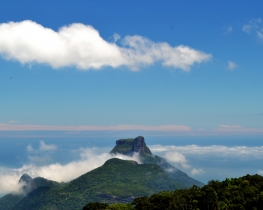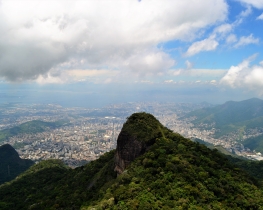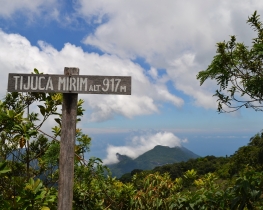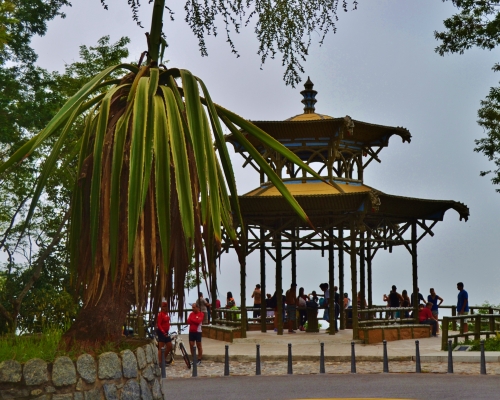Tijuca Forest
Tijuca Forest
Tijuca National Park consists of three main areas: Floresta, Serra da Carioca and Pedra Bonita/Pedra da Gávea. Many of Rio's famous attractions are located on its territory, among them statue of Christo Redentor on Corcovado's peak, Parque Lage, Pedra da Gavea, Vista Chinesa. In this post we will be talking mainly about the first area of Tijuca National Park, also known as Floresta da Tijuca.
The word “tijuca” means a hard way that takes to the sea in Tupi language. In the 17th and 18th century the territory of Tijuca park was occupied mostly by coffee plantations which caused lack of water and other environmental problems in the city of Rio de Janeiro. In 1861 began, under the initiative of Dom Pedro II, reforestation of Tijuca area and 1961 the national park was officially opened.
Floresta da Tijuca area is famous for its variety of hiking trails for all kinds of audiences. On weekends many families visit the park and big groups have picnics. For those keen on history, there are several historical attractions that refer to slave labor on coffee plantations.
Tips for Floresta da Tijuca:
- The distances between different attractions are quite long. To see everything it's better to come by car and do only the most interesting parts on foot.
- Take a lot of water with you, some of the trekking paths are long and exhaustive.








